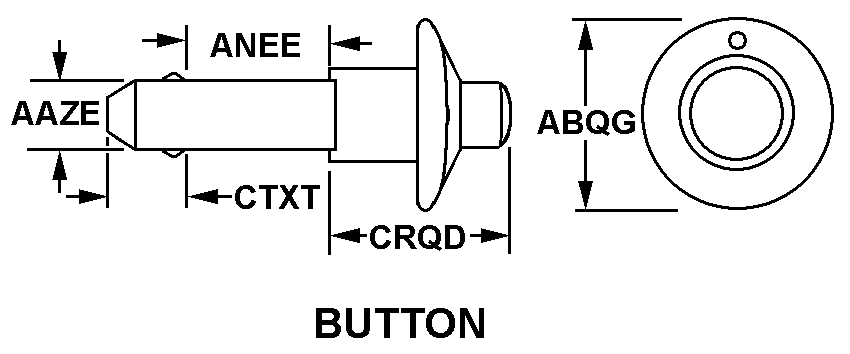5315016418541
Price Quote Get an up to date pricing and availability quote for this product. Order online or over the phone.
Quality Commitment
Serving our customers with quality and safety first.
- AS9120 Certified
- Audited supply chain
- ITAR Registered
- DDTC Registered
- HAZMAT Certified
- Customer service objectives
- Every product 100% inspected

5315-01-641-8541 Specification Set by the OEM (see RNCC code 3)
0.247in. and 0.248in.
1.750in. and 1.815in.
2
push button
1.300in. and 1.320in.
push
1.270in.
zzzx
ring
0.250in. and 0.290in.
steel corrosion resisting
button
material controlled iaw SS800-AG-MAN-010/P-9290 system certification produres and criteria manual for deep submergence systems; critical item for safety and survival of deep submergence research and rescue vehicles as differentiated by special test features
Cross Reference Parts Part numbers that meet the specification outlined on this page and set by the OEM
Identification Item Identification Guide (IIG) and Item Name Code (INC)

Definition Definition of approved item name (AIN): "PIN,QUICK RELEASE"
A headed fastening device having a solid cylindrical or tubular body with retaining ball or pinlike detent(s). The detent(s) is/are positioned and actuated by means of a spring, elastomer or plunger. Plunger may be operated by thumb, cam or other means. May be furnished with a pull ring, pull and/or lock ring, attaching ring or hook.
5315-01-641-8541 Material Hazmat, Precious Metals, Criticality, Enviroment, and ESD
Indicates there is no data in the hmirs and the nsn is in a fsc not generally suspected of containing hazardous materials.
Item does not contain precious metal.
Represents items with no adp components
The item is a non-aviation critical safety item (csi) whose failure will result in serious damage to equipment or serious injury or death to personnel.
Identification Codes
HMIC: Hazardous Material Indicator Code. A one position code that identifies a hazardous item.
PMIC: Precious Metal Indicator Code. A one position code which identifies items that have precious metals as part of their content. precious metals are those metals generally considered to be uncommon, highly valuable, and relatively superior in certain properties such as resistance to corrosion and electrical conductivity.
ESD: Electrostatic Discharge. Indicates if an item is susceptible to electrostatic discharge or electromagnetic interference damage. electrostatic discharge damage occurs when an accumulation of static electricity generated by the relative motion or separation of materials is released to another item by direct contact. electromagnetic interference damage occurs when an item comes into proximity with an electrostatic or magnetic field.
ENAC: Enviromental Attribute Code. Identifies items with environmentally preferred characteristics.
CRITL: Criticality Indicator Code. Indicates an item is technically critical by tolerance, fit, application, nuclear hardness properties, or other characteristics.






